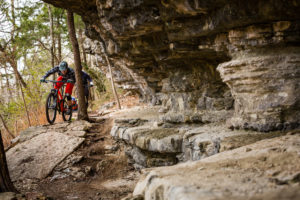
Bentonville, Arkansas – A Mountain Biking City
Bentonville, Arkansas, better known as the head of Walmart is slowly changing to know as a mountain bike city. Fresh
Population: 88
Situation: The town of Rosebud was being downgraded from town to village to hamlet. The Town was down to under a dozen people.
Action: They started Rosebud Camp of the Arts and let the culture grow.
Result: 40,000 annual visitors to a town of 88 people.
The hamlet of Rosebud was founded by James Wishart in 1885. Reportedly, he and his family were following the Gleichen Trail to headed towards Montana. When they came across the valley filled with roses, they decided “Here’s the promised land, we go no further.”
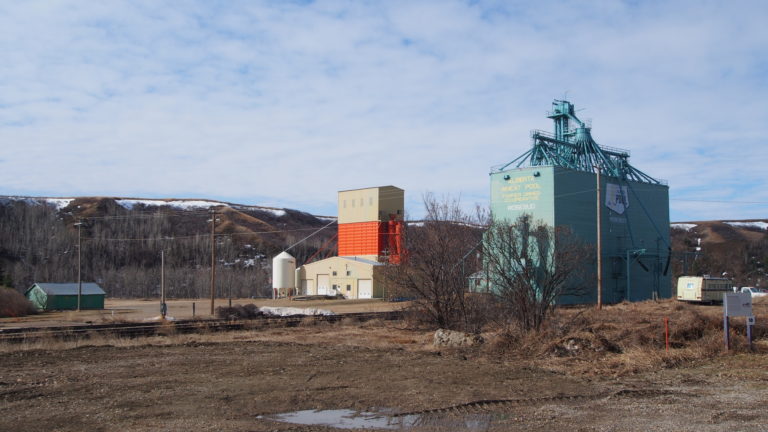
Mining and agriculture were the staple industries for the 80-90 years. Throughout the towns history, there had always been artists and travelers who came to take in the natural beauty. Hard times came in the 1970’s when the school of Rosebud was shut down and kids were bused to a neighboring town.
The town mainly supported by outskirt farmers who still worked the field helped keep the town of just under a dozen people alive.
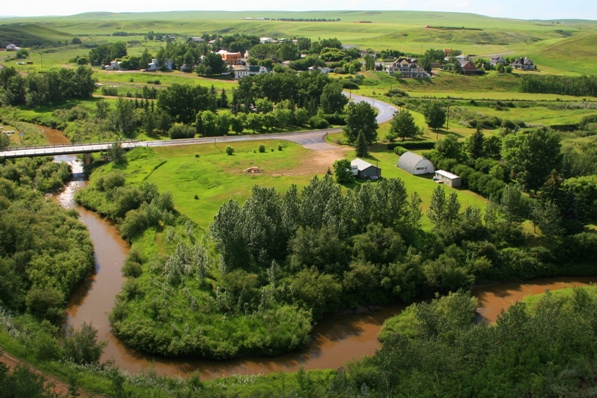
In 1973, a group of young adults would start a summer camp of 40. Housed in an old shop along mainstreet, the group would come to be known as “Rosebud Camp of the Arts” or so children in an empty mercantile shop. The camp would receive support from local groups and government agencies. This would become Rosebud’s creative city development!
By 1977, Rosebud was able to bring BACK the school into their community. Using the various abandoned shops in the old downtown as classroom, they would open the Rosebud highschool. The school highly emphasized the arts in all its for from music, performing arts, to visual art, to practical skills like welding that could be used to make art. By the 80’s the school was shifting its focus into post-secondary education, becoming more like a college. Later the school would open the Rosebud Theatre.
The theatre wasn’t intended upon. People were just living behind their towns “brand” of the time which was the arts and in the natural progression of things, the theatre came about.

Today the art community of Rosebud attracts 40,000 guests. They come to see the any of the award winning shows held at the Rosebud Theatre held year round, the art galleries, or one of the local B&B to let the surrounding beauty sink in. There is even a recording studio in Rosebud, fingers crossed, will one day bring a musician to celebrity status.
Using their creative city developments, Rosebud has developed their cities around the arts and theatre drawing in 40,000 visitors a year. My go to number is always $100. If you can get each visitor to spend at least $100 between on non-room and board spending, we are looking at about $4 million in town revenue. This is no number to scoff at for a town of 88 people. It is about ~45,500 a peice!
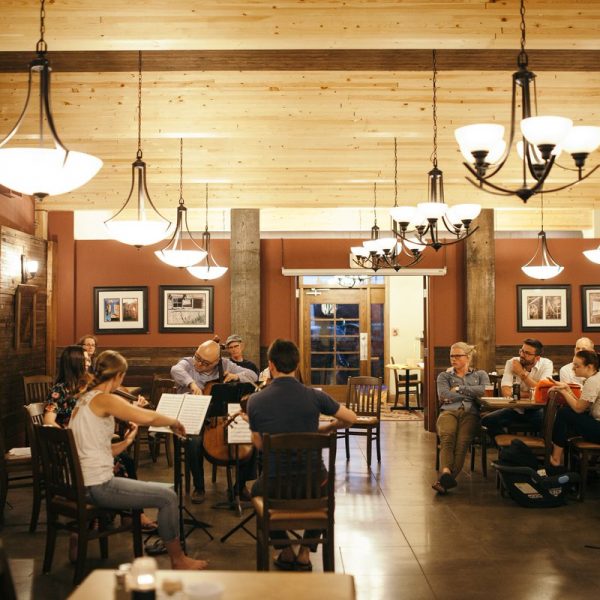
What can we learn from Rosebud’s creative city development?
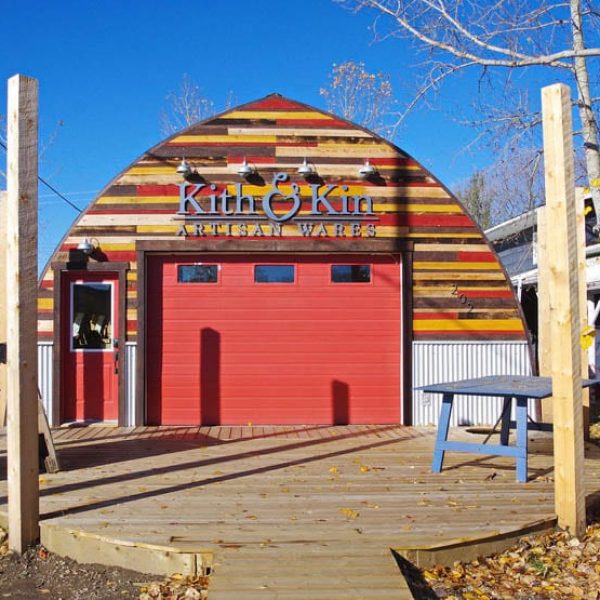

Bentonville, Arkansas, better known as the head of Walmart is slowly changing to know as a mountain bike city. Fresh

How Graham Hancock’s “Ancient Apocalypse” Sparked a $44 Million Tourism Boom TLDR: $44.5 million: Estimated yearly tourism revenue generated by

Elkhart Lake, Wisconsin – Racing Towards a Brighter Future – Racing Towards a Brighter Future Elkhart Lake, Wisconsin – Racing